
OR
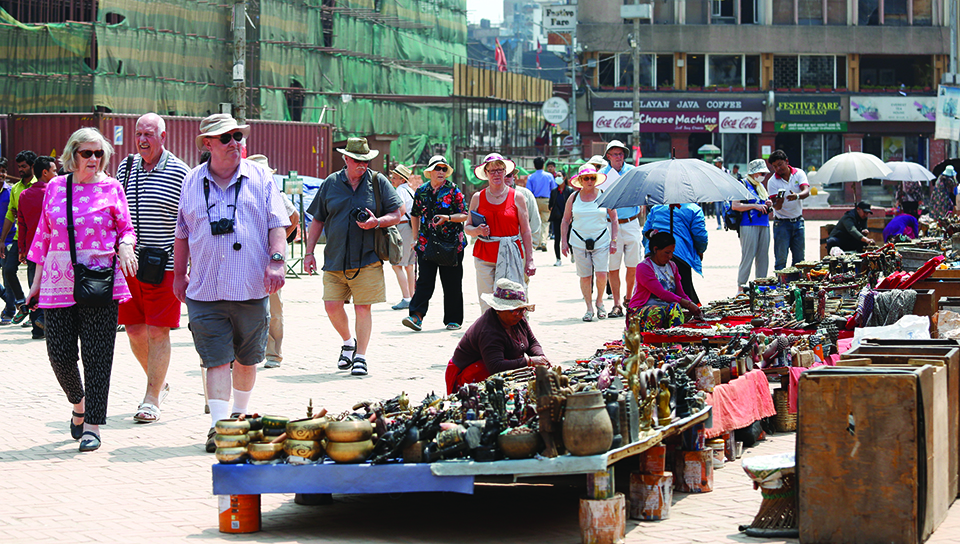

Sabita Nakarmi
(The author is a section officer at the Ministry of Foreign Affairs, Nepal)news@myrepublica.com
Nepal must take measures to control air pollution as we get close to Visit Nepal 2020, when we aim to welcome two million visitors
“Progress is impossible without change,” says George Bernard Shaw. Change is generally considered to lead to a beautiful transformation. When a nation embarks on economic and societal change and progress, more systematization and modernization are envisioned. But the path of progress is not always swift and easy. There are several aspects to it.
Nepal is also heading toward political stability and economic progress through promulgation of the democratic and inclusive constitution and successful holding of elections at federal, provincial and local levels. In terms of infrastructures, roads in Kathmandu Valley, even in alleys, have been expanded to help reduce traffic congestion though concerned agencies still need to address some important factors like health and environment while undertaking these developmental activities. For people are suffering.
Valley of dust
The beautiful city of Kathmandu is now sarcastically called ‘dustmandu’ and ‘maskmandu’ (valley of dust and masks). Road construction, demolition and expansion, ongoing reconstruction of buildings and historical sites devastated by earthquakes of 2015, and uncontrolled harmful emissions from vehicles and industries have contributed to rising pollution.
Air pollution sucks our daily commute. Those travelling in four-wheelers are at least guarded but thousands of others who depend on two-wheelers and those who walk suffer tremendously. Children and elderly suffer the most. Covering faces with masks, goggles and scarves is the only alternative to avoid the blanket of dust and smog. Can we call it a progressive change when it puts public health at risk? Should not our construction activities pay heed to environmental aspects?
Air pollution is a serious problem in low and middle income countries like Nepal for it creates toxicological effects on our health and environment. According to World Health Organization’s 2018 report, globally, every nine out of ten people now breathe polluted air which kills seven million lives every year. Longer exposure to polluted air causes respiratory infections and inflammations, cardiovascular dysfunctions, stroke, heart disease, lung cancer, chronic obstructive pulmonary diseases and even male infertility, ultimately decreasing our life expectancy.
Thus Nepal must take measures to control air pollution as we get close to Visit Nepal 2020, when we aim to welcome two million visitors.
Besides, if we want to attract more tourists to this country, we must build required infrastructures and properly maintain the existing ones. This should be done in rural areas too so that tourists can take trips to beautiful villages of Nepal.
At the moment, however, traveling in rural areas is risky due to lack of road access or too bumpy roads. Traveling should be safe and comfortable so that people reach the destination happily, not struggling with bumpy and dusty roads. Even the mesmerizing places within the vicinity of Kathmandu valley like Nagarkot and Dakshinkali are in pathetic condition due to extremely bumpy and dusty roads. One has to think twice before taking elderly and children along these roads. These roads must be maintained properly.
We must remember that tourists who visit Nepal take back their memories. Our efforts should focus on making visitors long to visit Nepal repeatedly and stay here for longer period. Our action should be directed toward making Nepal more than a hop-in-transit country.
Promoting tourism
Nepal is naturally beautiful, sublime and serene with eight of the highest mountains above 8,000 meters and possessing ten landmark UNESCO world heritage sites. Nepal hosts spectacular places like Manang, Mustang, Kagbeni, Pokhara, Ghandruk as well as fascinating Everest and Annapurna base camps. Its flora and fauna are splendid and its rich culture and local hospitality are of par excellence. These are the source of tourist attraction.
According to the recent data, tourist arrival has increased by 16.5 percent with 8, 82,531 foreigners visiting Nepal till October 2018. The Lonely Planet, the world’s renowned travel guide, has enlisted Nepal as the fifth important tourist destination in the world for the upcoming year.
The concerned agencies including the government, intergovernmental organizations, civil society, private sectors and non-government organizations must work to promote tourism in Nepal making it a clean, healthy and comfortable nation. Health concerns, infrastructural development including road, airport and hotels construction, their maintenance, quality services and best security must be a priority. Travelling should be easily accessible and enjoyable to all kinds of people including children, elderly and physically-challenged ones.
Reconstruction of damaged buildings should be expedited. Air pollution must be curbed by undertaking measures including opting for electric vehicles, hydrogen vehicles, solar vehicles, promoting shared mobility (ie carpooling public transports), sprinkling water across the city twice a day, replacing older vehicles and enforcing traffic rules.
We should also learn from our neighboring and other developed countries. About 360,000 pedestrian visitors, amounting to over 131 million a year, visit Times Square in New York.
Similarly, Bangkok, Singapore and Hong Kong are among those Asia-Pacific states that boast of welcoming the largest number of visitors in the world every year. These nations have the best infrastructures and maintained clean environment. We should strive to make Nepal like one of these most visited nations in the world. We should promote tourism by preserving our natural, cultural and historical riches.
Tourism is one among many other sectors where we need to bring positive change. But if we can ensure healthy life and clean environment, its benefit will trickle down on other sectors too.
The author is a Section Officer at Ministry of Foreign Affairs
You May Like This
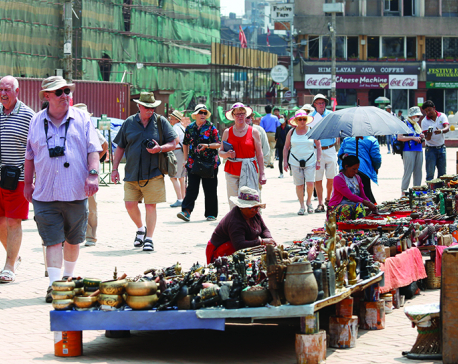
Together for tourism
Visit Nepal 2020 is going to gain fair amount of global attention. But will we be able to brand it... Read More...

MoCTCA prepares to release 2nd tranche of subsidy
KATHMANDU, Feb 11: The Ministry of Culture, Tourism and Civil Aviation (MoCTCA) is preparing to release second tranche of subsidy for... Read More...
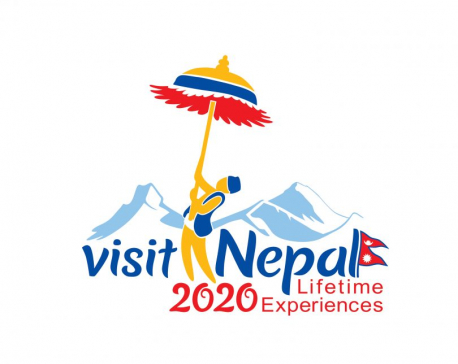
Making VNY 2020 successful
Nepal is formally embarking on Visit Nepal 2020 from January 1. The campaign launched by the government aims to bring... Read More...

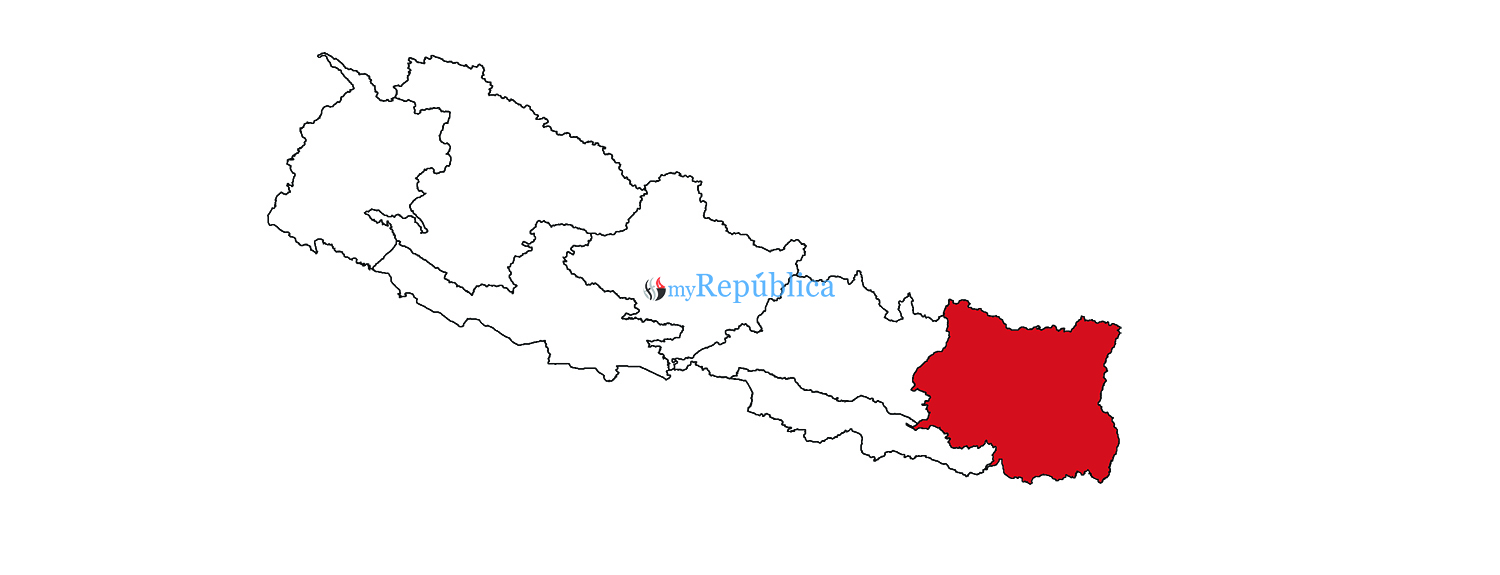


Just In
- Nepal sets target of 120 runs for UAE in ACC Premier Cup
- Discussion on resolution proposed by CPN-UML and Maoist Center begins in Koshi Provincial Assembly
- RBB invites applications for CEO, applications to be submitted within 21 days
- Telephone service restored in Bhotkhola after a week
- Chemical fertilizers imported from China being transported to Kathmandu
- Man dies in motorcycle accident in Dhanusha
- Nepal face early setback as four wickets fall in powerplay against UAE
- Australian unemployment rate rises to 3.8 percent in March










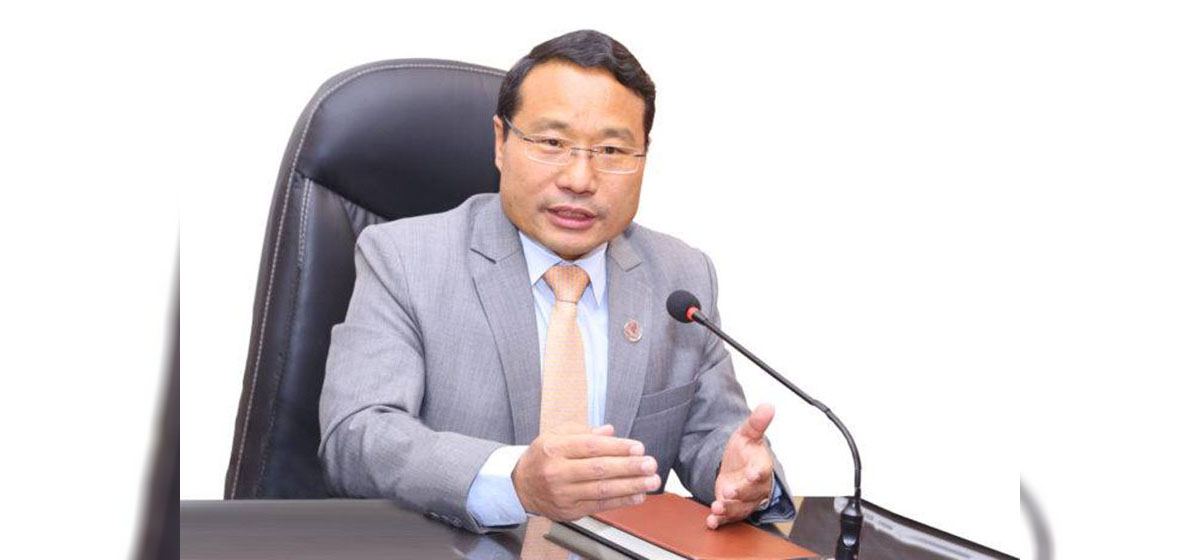
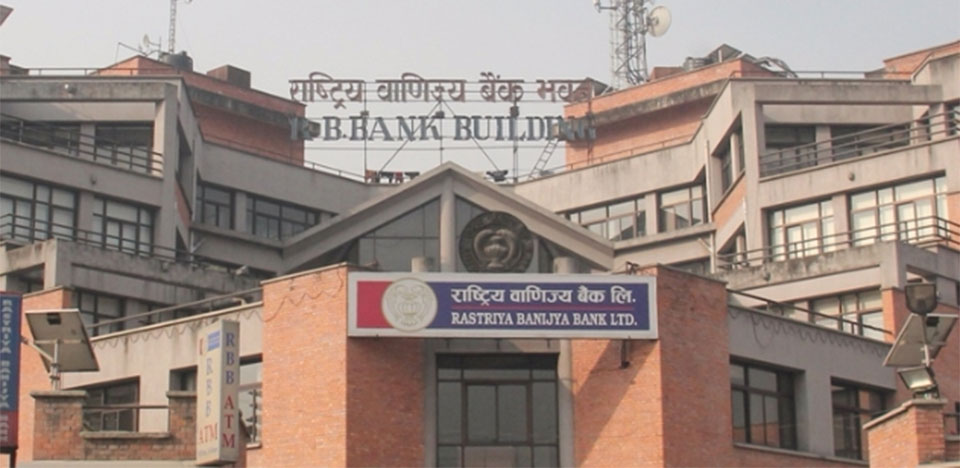


Leave A Comment